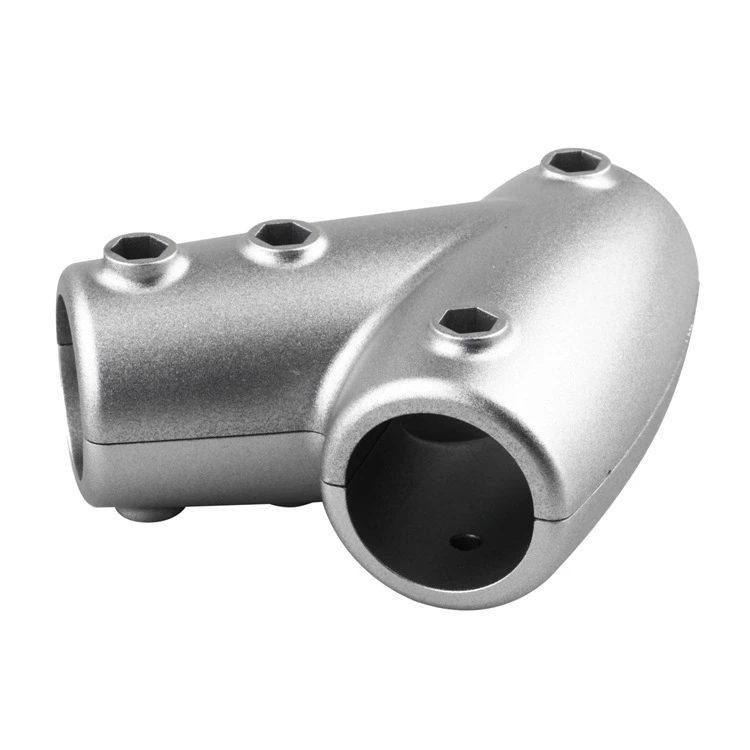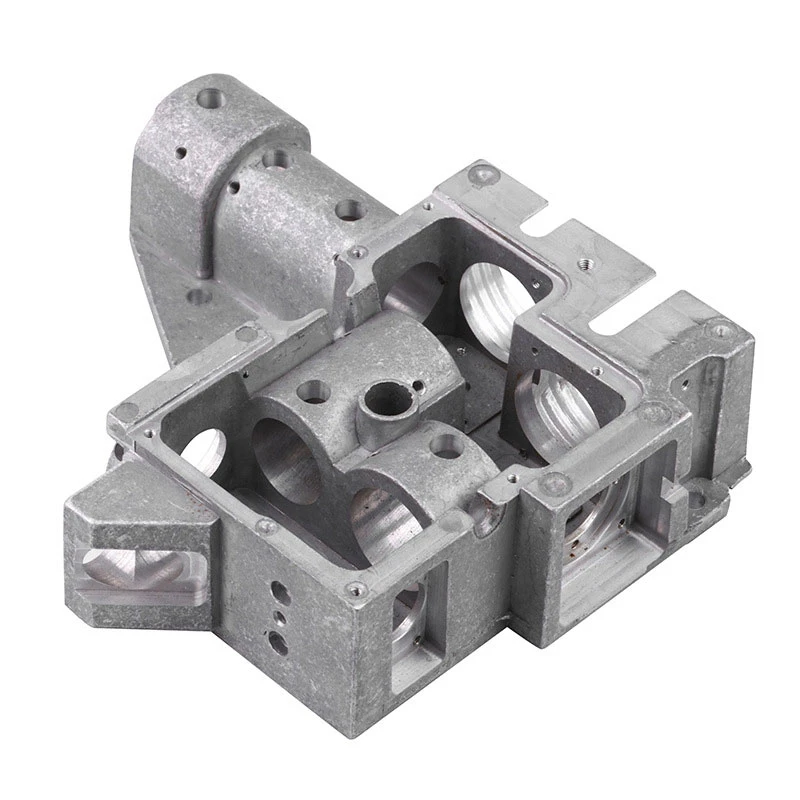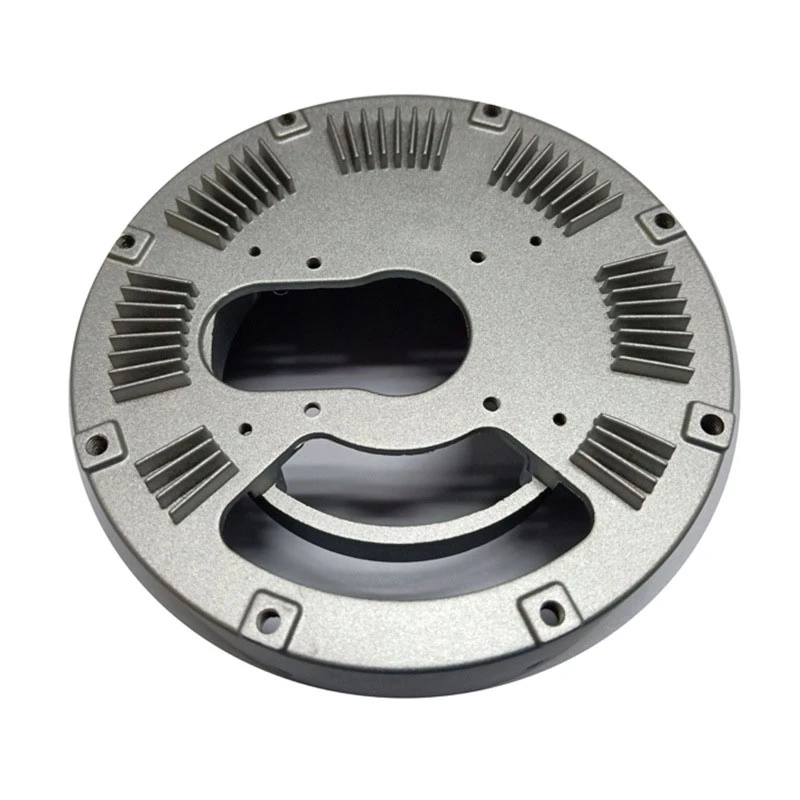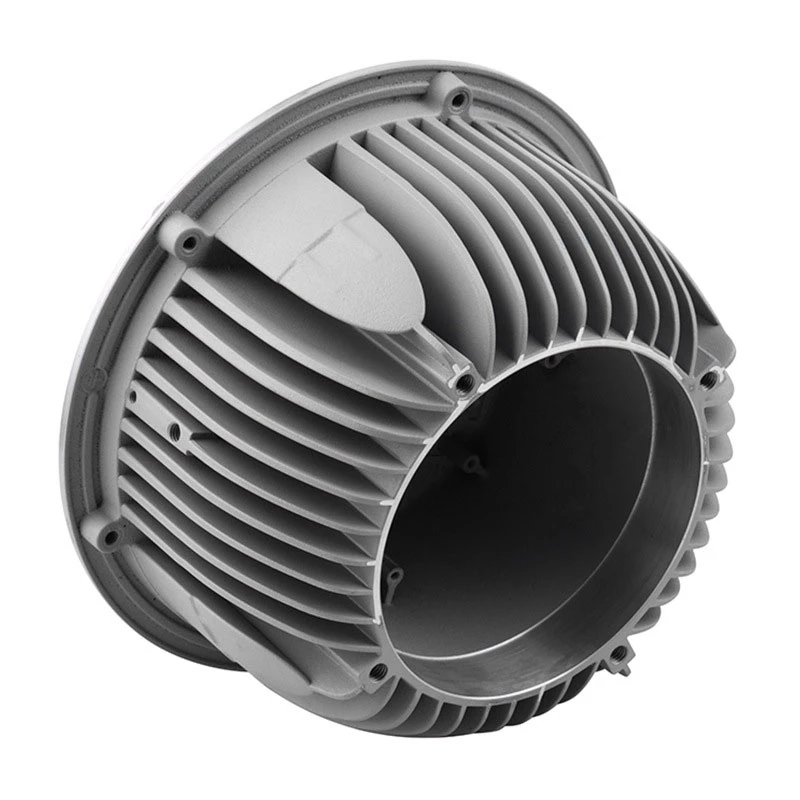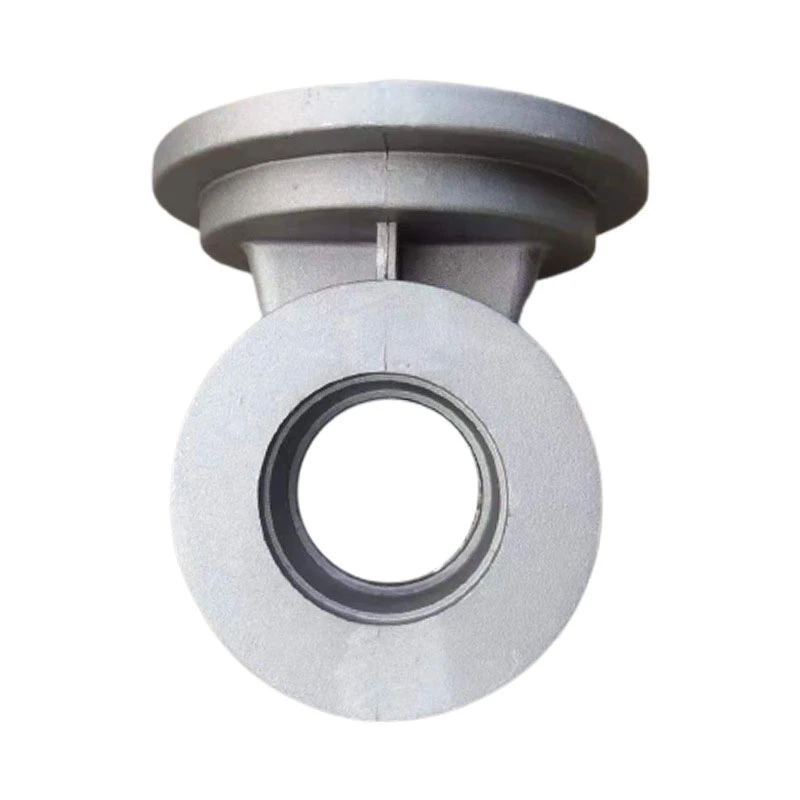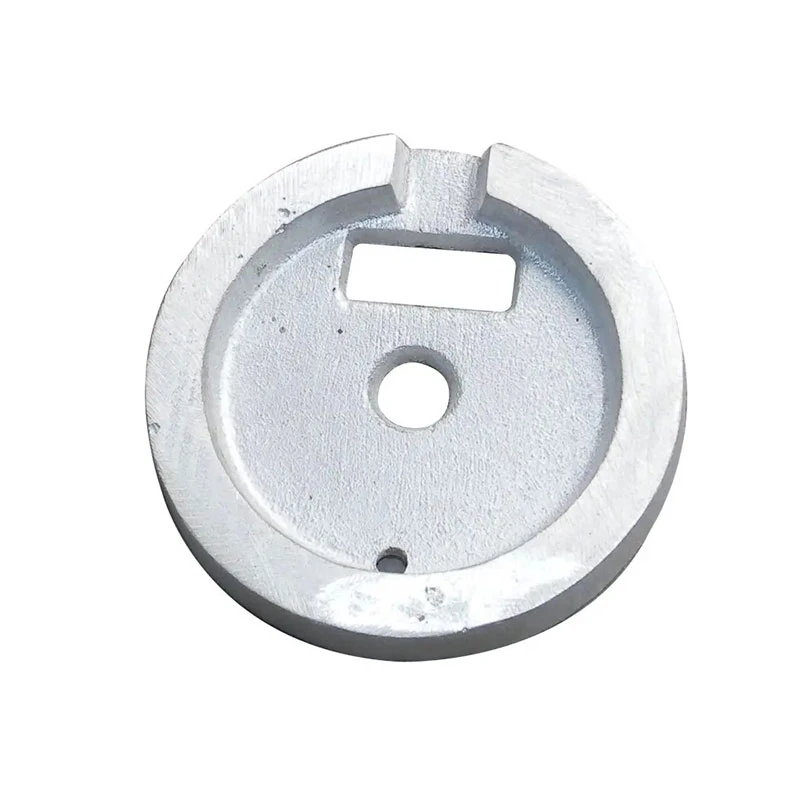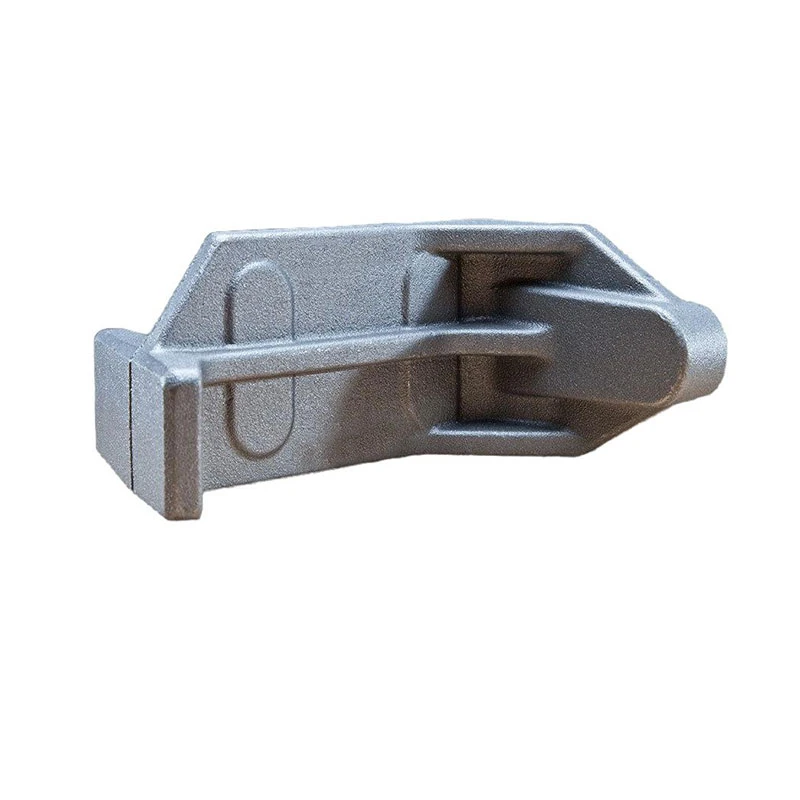Precision Casting Facility: Advanced Manufacturing for Global Industries | Hairun Sourcing
Understanding What a Precision Casting Facility Really Means in Today’s Industry
Precision casting facilities may not be headline news for many, but in the grand scheme of manufacturing and engineering, they hold substantial sway. These specialized plants are where complex metal components take shape through highly accurate casting methods — fundamental for aerospace engines, medical devices, automotive parts, and more. Globally, as industries strive for thinner tolerances and stronger, lighter materials, mastering precision casting isn’t just a luxury; it’s often a necessity.
With rising demands for efficiency and sustainability, navigating why and how these facilities operate provides sharp insights into the future’s manufacture landscape. Plus, with key benefits like reduced waste and enhanced product reliability — understanding the precision casting facility concept can offer manufacturers, engineers, and buyers a distinct competitive edge.
The Global Context: Why Precision Casting Facilities Matter Now
Oddly enough, precision casting’s impact spans continents—from Asia’s manufacturing hubs to Europe’s aerospace cluster, and even emerging industrial zones in Latin America. According to the International Organization for Standardization (ISO), precision casting processes comply with exacting quality standards that are increasingly valued worldwide. The World Bank notes that investment in manufacturing sophistication, including precision casting technology, correlates strongly with economic development and job creation.
Yet, here’s the kicker: the challenge often lies in balancing cost, complexity, and output quality. Many traditional foundries still struggle with consistency, which leads to scrap, longer lead times, and ultimately customer frustration. That’s the problem precisely addressed by modern precision casting facilities, where automation, computer modeling, and optimized molds converge to minimize errors.
What Exactly Is a Precision Casting Facility?
In simple terms, a precision casting facility is a manufacturing plant where components are created using specialized casting processes—think techniques like investment casting or lost-wax casting. These processes involve creating detailed wax patterns coated with ceramic shells, then melting away the wax to produce highly accurate molds for molten metal.
Its connection to contemporary industry is straightforward but crucial: these facilities supply irreplaceable parts where dimensional accuracy, surface finish, and mechanical strength matter. From jet turbines spinning hundreds of thousands of rotations per minute to surgical implant devices that must bond safely with human bone, precision casting facilities underpin products that few other processes can meet at scale and cost-effectively.
Mini takeaway:
- Precision casting facilities turn complex wax designs into metal parts with exceptional accuracy.
- They serve industries requiring tight tolerances and durable, lightweight parts.
Key Factors That Define a Top-Tier Precision Casting Facility
1. Durability of Cast Components
The whole point — reliability. Well-run precision casting facilities manufacture parts designed to endure stress, heat, and wear. Whether it’s turbine blades dealing with 1,700°C combustion gases or automotive drive components undergoing repeated deformation, robust materials and flawless casting mean long service life.
2. Scalability of Production
Some clients need hundreds of prototypes; others, millions of end-use parts. Production capacity and flexibility to ramp output rapidly are critical for modern facilities to stay competitive.
3. Cost Efficiency Through Waste Minimization
Investment casting inherently generates less scrap compared to sand casting or machining from solid blocks. Precision gravimetric controls and ceramic shell reuse help reduce material loss, cutting costs and environmental footprint simultaneously.
4. Technological Integration
From CAD simulation to robotic shell application and computer-controlled melting furnaces — tech integration ensures quality and repeatability, minimizing human error.
5. Quality Control and Testing
Non-destructive testing like X-ray or ultrasonic inspection at critical stages makes sure defects don’t slip through, protecting end-user safety and reputation.
6. Customer Tailoring and Service
Partnering closely with clients to customize alloys, heat treatments, and finishings can make all the difference — it’s not just about casting; it’s about fitting exact application needs.
Mini takeaway:
- Durability, scalability, cost, and tech are core pillars of precision casting success.
- Quality control and customization enhance practical value.
Real-World Applications of Precision Casting Facilities
At first glance, the metal parts produced here might seem mundane — but the applications are anything but. Across the globe, various sectors use precision casting products:
- Aerospace: Critical engine components, turbine blades, and landing gear parts.
- Medical: Implant devices, surgical instruments, and orthodontic components.
- Automotive: Transmission gears, valves, and turbocharger parts.
- Energy: Gas turbine parts, pump rotors used in offshore oil platforms, and renewable energy hardware.
In remote industrial zones, precision casting facilities' outputs enable maintenance of heavy machinery without long supply chains. For instance, a mining company in Chile could keep a hydraulic pump running by sourcing replacement parts produced by a nearby precision casting facility rather than waiting months for imports.
Mini takeaway:
- Precision casting is critical to various industries that demand precision and durability.
- Local facilities help supply chain agility, especially in remote or specialized contexts.
Advantages and Long-Term Value of Precision Casting Facilities
It’s one thing to make an accurate metal part; it’s another to do so with sustainability on the mind and efficiency in production. Here’s where the advantages compound:
- Cost Reduction: Minimizing scrap and secondary machining reduces overall manufacturing costs.
- Environmental Sustainability: Lower waste and energy use per part compared to some traditional methods.
- Social Impact: Locally operated facilities generate skilled jobs and supply-demand balance.
- Reliability & Trust: Consistent quality boosts brand reputation and user confidence.
And emotionally speaking, knowing critical equipment parts won’t fail unexpectedly is peace of mind—not just for operators but entire communities relying on those machines.
The Future of Precision Casting: Trends and Innovations
Advancements no longer limited to just making better molds. The sector is embracing:
- Digital Twin Technology: Simulating casting processes precisely to reduce trial and error.
- Green Energy Integration: Using electric induction furnaces powered by renewables.
- Automation & Robotics: More automated shell building and inspection.
- Advanced Alloys: Development of corrosion-resistant, lightweight metals.
- Smart Quality Control: AI-based defect detection is on the rise.
All this points to more sustainable, faster, and higher quality production ahead.
Challenges Facing Precision Casting Facilities—and Smart Solutions
Obviously, not everything is smooth sailing:
- High initial capital investments limit entry for smaller players.
- Finding and training skilled staff remains a hurdle.
- Some alloys remain tricky to cast without defects.
- Global supply chain disruptions can delay raw materials.
Experts suggest targeted investment in training, adoption of modular facility designs, and stronger supplier partnerships as practical countermeasures.
Precision Casting Facility: Product Specifications Overview
| Specification | Typical Range | Comments |
|---|---|---|
| Casting Precision | ±0.1 mm - ±0.3 mm | Depends on size and alloy |
| Typical Alloy Materials | Steel, Stainless Steel, Titanium, Inconel | High-performance alloys favored |
| Max Part Size | Up to 1200 mm in largest dimension | Larger sizes require special molds |
| Average Lead Time | 3-8 weeks | Shorter for repeat orders |
| Surface Finish | Ra 0.8 - 1.6 µm | Fine enough for many applications without machining |
Vendor Comparison: Precision Casting Facilities at a Glance
| Facility | Technology Level | Lead Time | Specialization | Geographic Reach |
|---|---|---|---|---|
| Alpha Cast Ltd. | High – digital twin, robotics | 4–6 weeks | Aerospace Components | Global |
| Betacast Services | Medium – manual-intensive | 6–8 weeks | Medical & Dental | Regional (Europe) |
| Gamma Precision | High – green energy powered | 3–5 weeks | Automotive & Energy | North America & Asia |
Frequently Asked Questions About Precision Casting Facilities
Q1: What are the main advantages of using a precision casting facility over traditional foundries?
A1: Precision casting facilities offer tighter dimensional accuracy, reduced material waste, and better surface finish compared to traditional foundries. This translates to parts that often require less machining and have longer service lives, ultimately saving costs and improving product reliability.
Q2: How long do lead times usually take for complex parts in such facilities?
A2: Typical lead times range from 3 to 8 weeks depending on part complexity, alloy type, and order volume. Repeat orders or less complex components may see faster turnaround due to mold reusability.
Q3: Can precision casting facilities handle exotic metals like titanium or superalloys?
A3: Yes, many modern precision casting plants specialize in casting high-performance alloys such as titanium, Inconel, and stainless steel. These materials require specialized melting and mold materials but are critical for aerospace, medical, and energy industries.
Q4: How do precision casting facilities contribute to sustainability?
A4: By minimizing raw material waste and enabling near-net-shape manufacturing, these facilities reduce energy consumption and environmental footprint compared to other metalworking processes. Some are also incorporating green energy sources and recycling ceramic molds.
Q5: Are these casting solutions available globally or mainly region-specific?
A5: While many precision casting facilities serve local or regional markets, several large players provide global manufacturing and supply chain solutions, benefiting international clients through strategically located plants and logistics networks.
Wrapping It Up: Why Precision Casting Facilities Deserve More Spotlight
In the big picture, a precision casting facility isn’t just a factory—it’s a complex hub of engineering, materials science, and innovative manufacturing helping keep modern life’s “unsung components” humming flawlessly. Their contributions go beyond production, touching on sustainability, economy, and technological advancement.
For those navigating the industrial buying journey, grasping the nuances of precision casting can dramatically improve decision-making—whether you’re optimizing costs, boosting product durability, or contributing to greener processes.
Curious to see these capabilities up close or explore tailored solutions? Head over to precision casting facility providers like Hairun Sourcing who blend expertise with cutting-edge tech.
References
-
Leading Precision Casting Corporation: Quality Metal Components for Global IndustryNewsNov.23,2025
-
Precision Cast Rods: Definition, Applications & Future Trends in ManufacturingNewsNov.22,2025
-
Precision Cast Iron Surface Plate: The Backbone of Industrial Accuracy and QualityNewsNov.21,2025
-
Precision Aluminum Investment Casting: High-Accuracy Manufacturing for Modern IndustriesNewsNov.20,2025
-
Precise Castings Inc – Advanced Metal Casting Solutions for Global IndustriesNewsNov.19,2025








